
Because of his low profile, designer Rory Byrne always preferred to stay at the base of Formula 1 teams and did not have the “marketing” he deserves, but today Ferrari's resurrection is partly due to this South African graduate in industrial chemistry, who at 78 years old proves his validity to design race cars. Thanks to his brushstrokes in the new Scuderia car, the F1-75, played on two dates, Maranello's house leads the Drivers' championship with Charles Leclerc, and that of Constructores, in which he has more points (78) than the combined sum of Mercedes (38) and Red Bull (37).
He was born in Pretoria on January 10, 1944 and since he was a kid he wanted to be a driver, but, after trying several times, he gave up the idea: “I can do a reasonably decent lap, but I can't keep that rhythm back after lap”, he revealed in Peter Wright's book Under the Skin of Championship-Winning F1-2000 (Under the Skin of Championship-Winning F1-2000) by Peter Wright (Under the Skin of the Championship) victorious), which tells Ferrari's secrets to be champion of drivers again after 21 years with the help of Michael Schumacher. Although he found his place in motorsport after graduating in industrial chemistry from the University of Witwatersrand and developing his interest in the aerodynamics of glider models (at the age of 17 he won a world championship in scale gliders), and after facing a successful car parts business.
At the age of 23 he moved to the United Kingdom and his breakthrough with the Toleman team in European Formula 2, which hired him in 1980 to make his first car of his own, the TG280, with Hart engine and Pirelli tires, which led to the title of the Englishman Brian Henton. “The TG 280 gave us first and second place in the championship and made us believe that we were ready to move to F1. In fact, we had been lucky: I took advantage of a gap in the regulation in the height of the edges of the body and it was defined in relation to the rear of the driver. So I lowered it through the ground clearance on the sides of the car, between 15 and 20 millimeters. When everyone else noticed, Pirelli tires were developed to a stage where they were superior, and it really was too easy. It introduced us to a false sense of security. When we got to F1, we were in for a big scare,” he recalled.
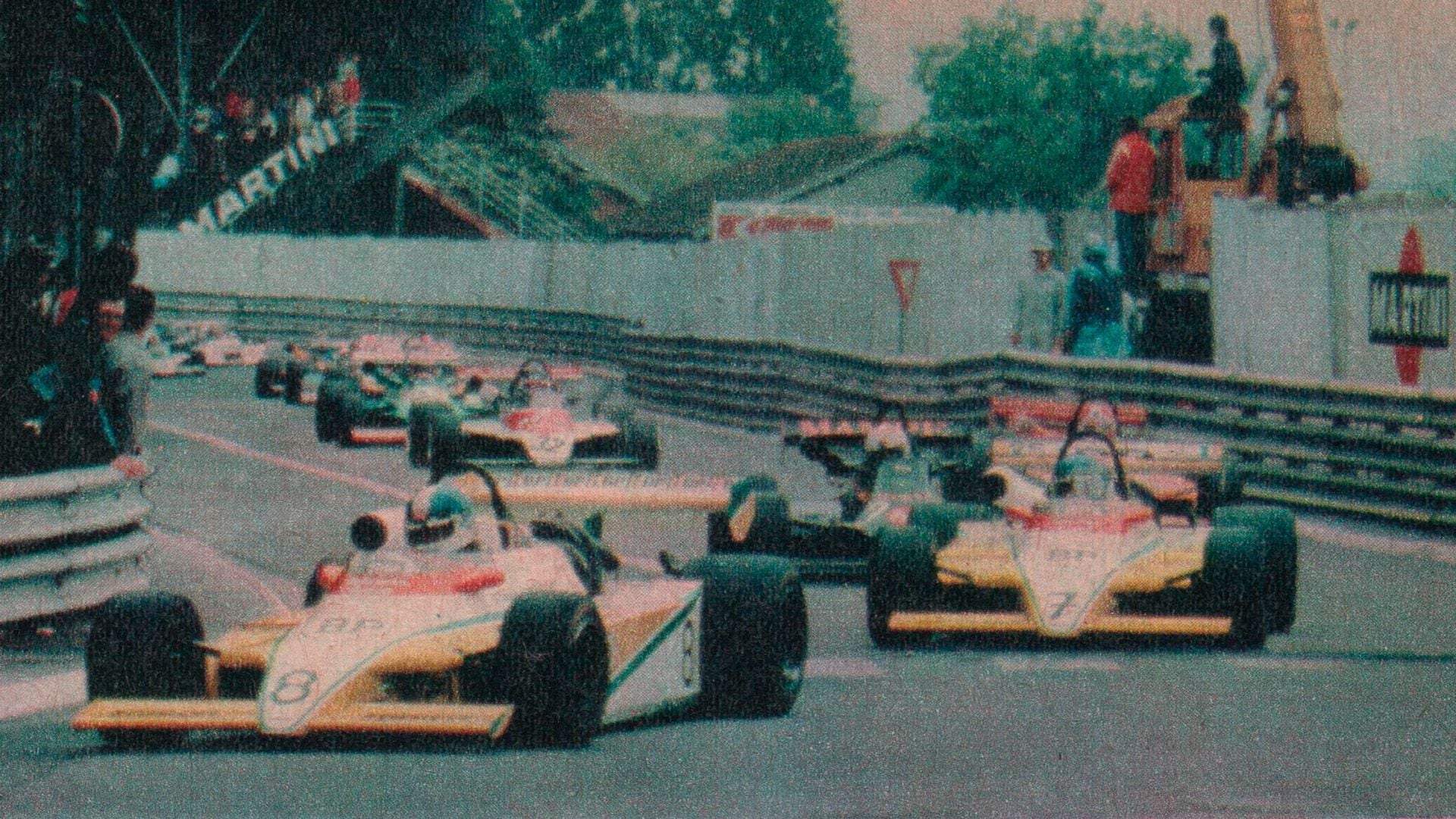
Although his first revolution in the big circus came with the Toleman TG183 which had radiators in the front wings and double rear wing. “Yes, Rory, all very nice, but where do we put the engine?” asked him that season by another coach of the team. “Ah, yes, the engine, yes well, maybe you need that too...”, he replied wryly. Ayrton Senna made his debut with that car in 1984, but the TG184 version made an impact in his second race, in Monaco, where the Brazilian shone in torrential rain and when he was about to beat Alain Prost, Race Director Jacky Ickx (former F1 and then driver of the Endurance World Cup and Dakar Rally) decided to end the race with a red flag.
The following year Benetton entered the category and bought Toleman's remnant. Byrne started working with one of his great partners, Ross Brawn. He designed the B194 and B195, with which Schumacher was crowned two-time champion and the team won its only Constructor title in 1995.
But seven years earlier he took a life-changing trip to Thailand: “I first went to Phuket in 1988 with my friend Alex Hawkridge, who had piqued my interest in diving. We joined a two-week trip that took us along the coast to the Andaman Islands. I enjoyed the place and the hospitality in Phuket, so I came back several times on vacation,” he said in an interview with Window on Phuket. He liked it so much that he ended up living there: “While I was in the UK in 1996, I was interested in learning Thai, so I toured Oxford universities trying to find a teacher of that language. I ended up in a Thai restaurant and a student who worked there as a waitress agreed to teach me. She's my wife now, Pornthip. My Thai, however, is worse than when we met!”
He almost moved in 1996 when his contract with Benetton ended. “I was planning to retire, so I went to Koh Lanta with the intention of setting up a diving business. But then I got a call and ten days later I was in Maranello working with Ferrari,” he recalled. On the other end of the phone was Schumacher, who asked him to accompany him with his challenge at the Scuderia. The Kaiser knew that he had to recruit the best in each area to get La Rosa out of its lethargy and Brawn also joined. In 1993 Jean Todt (N. de la R: he led Peugeot in his two titles in the World Rally Championship and two victories at the 24 Hours of Le Mans) had arrived as team leader and together they captured the most glorious era of the Italian team.
In 1997, Byrne designed his first red car, the F310B, which modified the body of the 1996 F310. The car was competitive and Schumi fought for the title until the last date. Its pontoons were similar to those used by the 1995 Benetton B195. In 1998 he created the F300, which he won in Buenos Aires on April 12 with Schumi in what was the last Grand Prix of the Argentine Republic. The following year they won the Constructors' championship, the first of six in a row and in 2000, the German won the Drivers' championship and started a five-in-a-row streak.
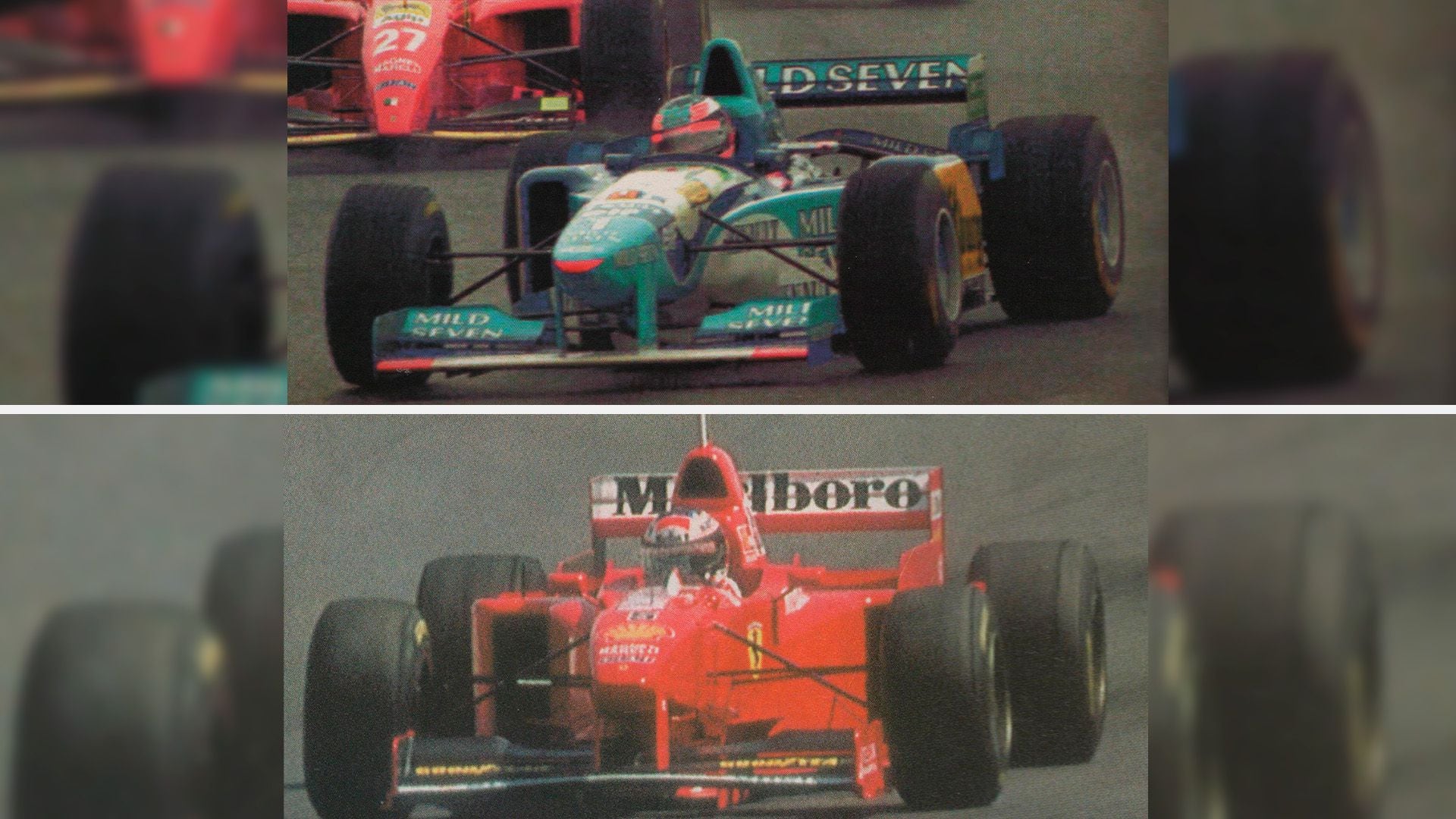
As a sort of “The Last Dance”, Rory accompanied Schumacher until his first retirement in late 2006. They had a pilot-technical relationship as was rarely seen. Almost father and son. They won everything and marked an era. Byrne was the designer of the seven champions cars with Schumi and the 91 victories that the german won in F1. Will Charles Leclerc's or Carlos Sainz's Ferrari be added?
Rory's success was based on a mantra he always repeated: “evolution, not revolution.” While he had inventions that attracted attention as in Toleman, he then sought to slowly perfect and refine the potential of a car, instead of wasting time searching for a “magic bullet”.

“I like winning, but it's not as important as being competitive. Being uncompetitive is something I just can't handle. Losing a race by a few tenths of a second isn't so bad; it just depends on the details of the day. Coming second, one lap down, is terrible,” he stressed.
“There hasn't been a day since I started when I haven't gotten out of bed eager to go, really looking forward to getting to the office. We've been through some bad times, and even then I can honestly say that I always got into my car wanting to work. From the point of view of job satisfaction and personal motivation. I think it's fabulous, but it depends on everyone and not everyone sees it the same way I do,” he said about his time in Maranello.
“The opportunity to innovate has been reduced by changes in technical regulations. In the past, my ideas have given us an advantage in some areas of cars, but to be honest, they have damaged reliability. Now Ross has structured things so well, with many systems and checks, that in general we are so reliable that it is no accident,” he praised Brawn during his years at Ferrari.
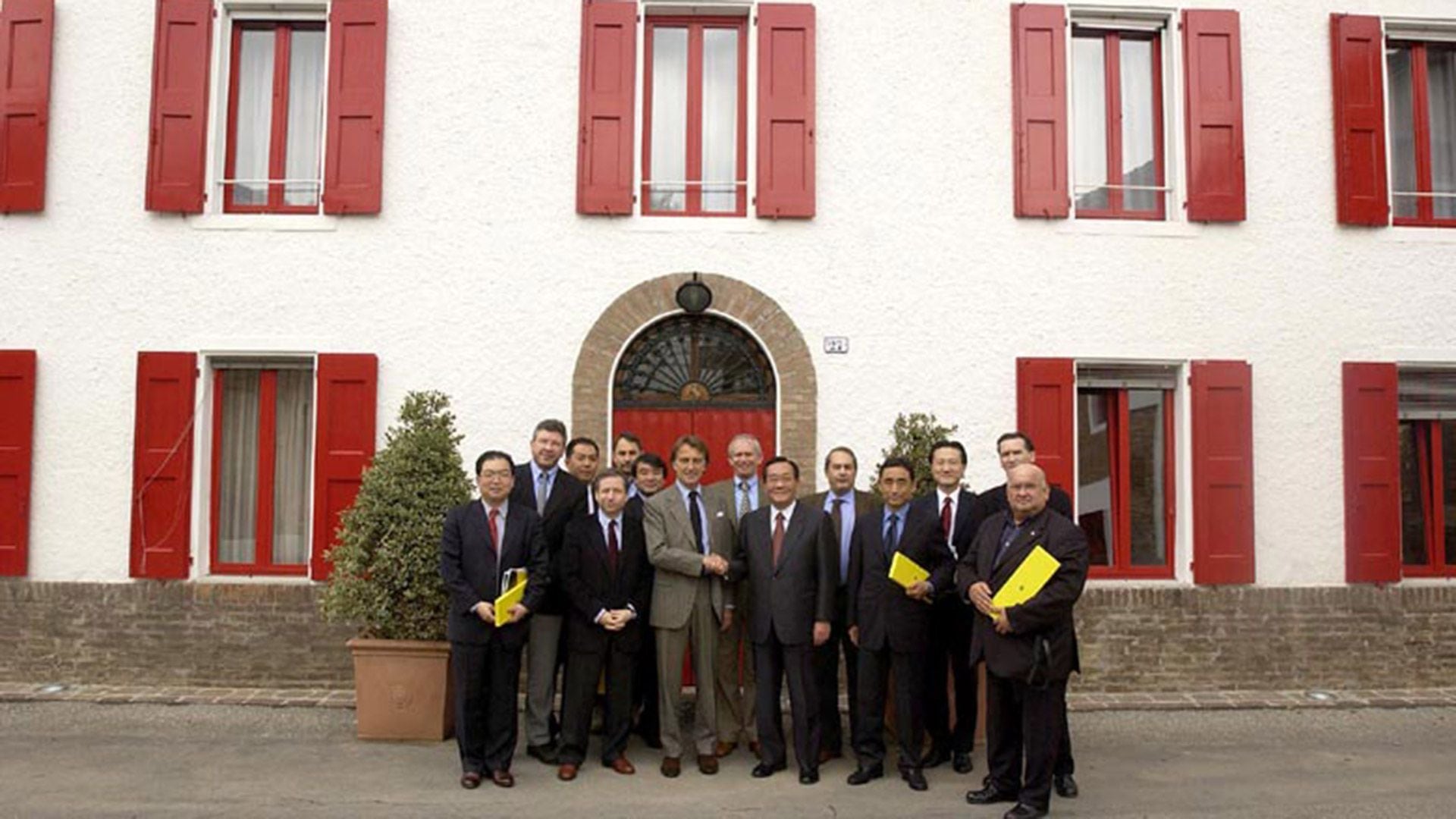
Trained in old school, he always began to design his cars with a pencil and paper: “CAD (computer-aided design) and CAE (computer-aided engineering) have also brought about changes. Personally, I don't have computer skills, although I use them. It has been a gradual change, and I have come to like it for how much more it can be done. The scope is huge, and I wouldn't want to go back.”
But his thing was to be in the workshops and at the bases of the teams. His photos do not abound because he opted for the low profile or work remotely from Thailand as Ferrari's “design and development consultant”, a task he resumed in 2020, at a dramatic moment of the Maranello team, which in that season finished his third worst performance in its history.
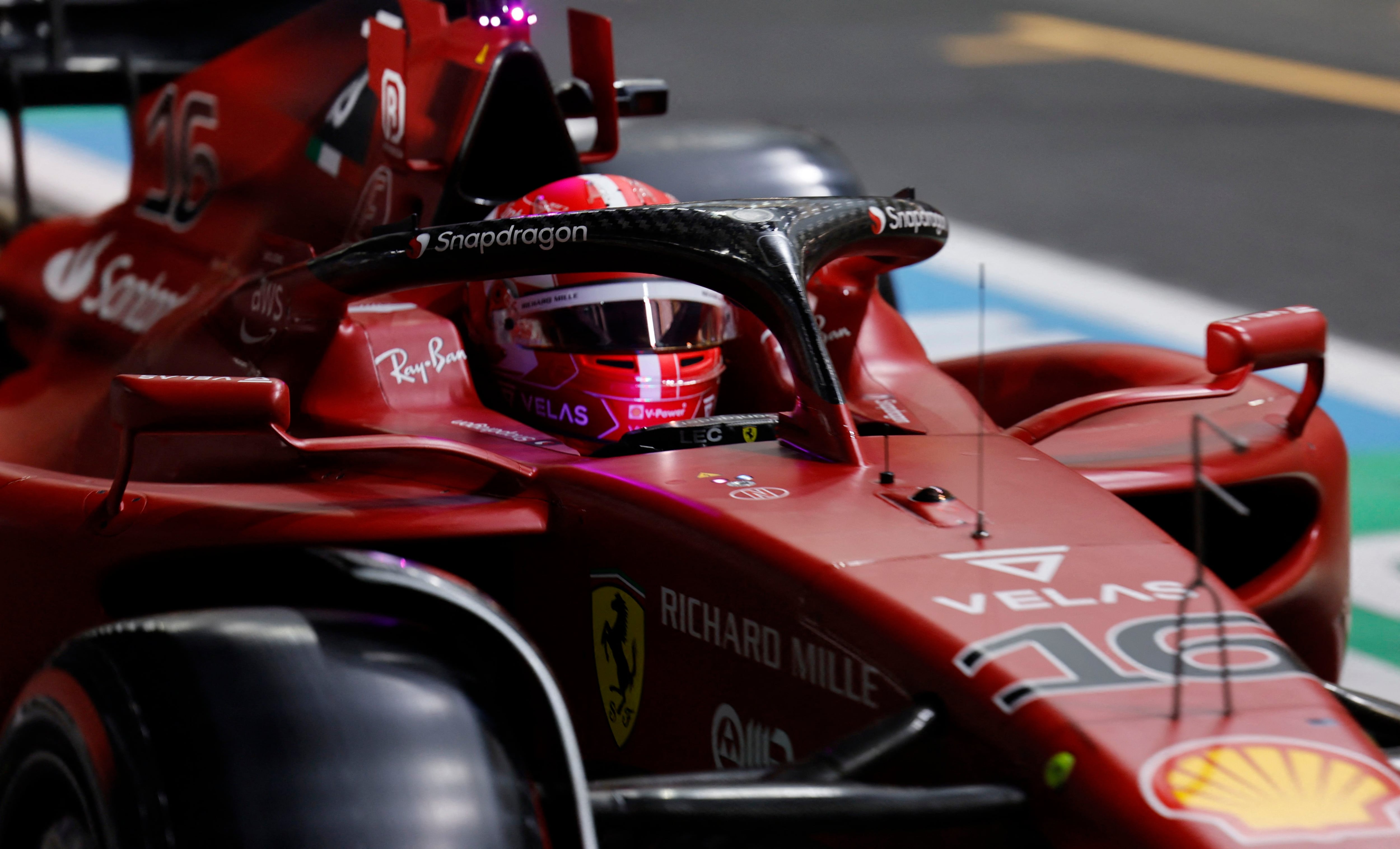
From that moment on he began to collaborate with the regulation-based car that was released this season, which changed the aerodynamics of the cars by 80 percent. Most of the upper attachments needed for better air intake and less turbulence (lower drag, more speed) disappeared and were now replaced by the lower ones to achieve aerodynamic load to the ground, since after 40 years the ground effect returned, the system that allows cars to be hit the asphalt, be faster in the corners and help the overruns. Byrne is one of the few technicians who worked with that technology. Although the cars are very different, he knows the essence and secrets of the ground effect and in case he began to solve the rebound effect that cars presented on the straights. In addition, he found an optimal solution for pontoons, which are the elements that go to the sides of the pilot and the ripple at the top allows good air flow.
“The last time I managed a car on the track was in 1993 and, I rarely go to the races as there is so much support and research work to do here at the factory. These days, information is transferred via satellite and with modern communications, it is not necessary,” he explained in the beginning of 2000, when his ideas came to him during his afternoon naps, when he lowered the blinds and fell asleep for a few minutes in his office. He used to work 14 hours a day, 7 days a week and was only present during the races in Monza and Imola, due to the proximity.

“Now it's so competitive and the pressures have increased. The way F1 is going will reduce the scope of a lot of individuality. Take as an example the aerodynamic technicians who work and we currently have teams that change the work of the wind tunnel 24 hours a day. I'm not the only one with new ideas anymore. What I'm trying to do is make sure there is balance and try to prioritize things, that's what it's all about now. My role has definitely changed, but it's still a challenge, just a different one,” he confessed during his previous time at Scuderia.
In addition to the 100 hours of remote work per year for Ferrari, his performance at an insurance company in South Africa in which he developed a novel scheme: “If you drive well, you get a 40 percent discount on fuel payments. There is a black box installed in the car that monitors driving habits.”
But the most important thing is the real estate business he runs with his wife in Phuket. “My wife oversaw the design and construction, and it is contemporary Chinese in style with many antique and classic features, including recycled Burmese teak floors. We are surrounded by trees and right in the middle of the canopy in Nai Harn and with design elements including a double-height roof and water features on both sides. We don't have air conditioning and we don't need it at all.” Rory and Pornthip have two children, ages 4 and 11.

Family strength was key to overcoming her illness and helping others: “With my wife we worked to set up a rejuvenation center. After I was diagnosed with prostate cancer, I did a lot of research. I looked at both conventional and alternative therapies, and to me alternative methods seemed less intrusive. I did a pre-detox diet followed by ten days of fasting, and since then I have maintained a daily diet of 50 percent raw vegetables and fruits. I think detoxification and adjusting to a healthier diet frees up your body's immune system to cope with cancer. Not only did the cancer stabilize, but some chronic problems that I had disappeared, such as in my knee and elbow. For 20 years I couldn't throw a cricket ball, but now I can. With the center, we are interested in sharing what we have learned about food and health to help others.”
From Thailand, Rory Byrne must enjoy the performance of the Scuderia F1-75. But competitiveness is something of the past and its priority is different: “After the tremendous race at Ferrari I felt that I had achieved my goals. Since then, my goals have changed. It's much more about spending time with friends and family, having a healthy lifestyle. With golf, for example, it is no longer about winning but about enjoying the game. I try to enjoy life.”
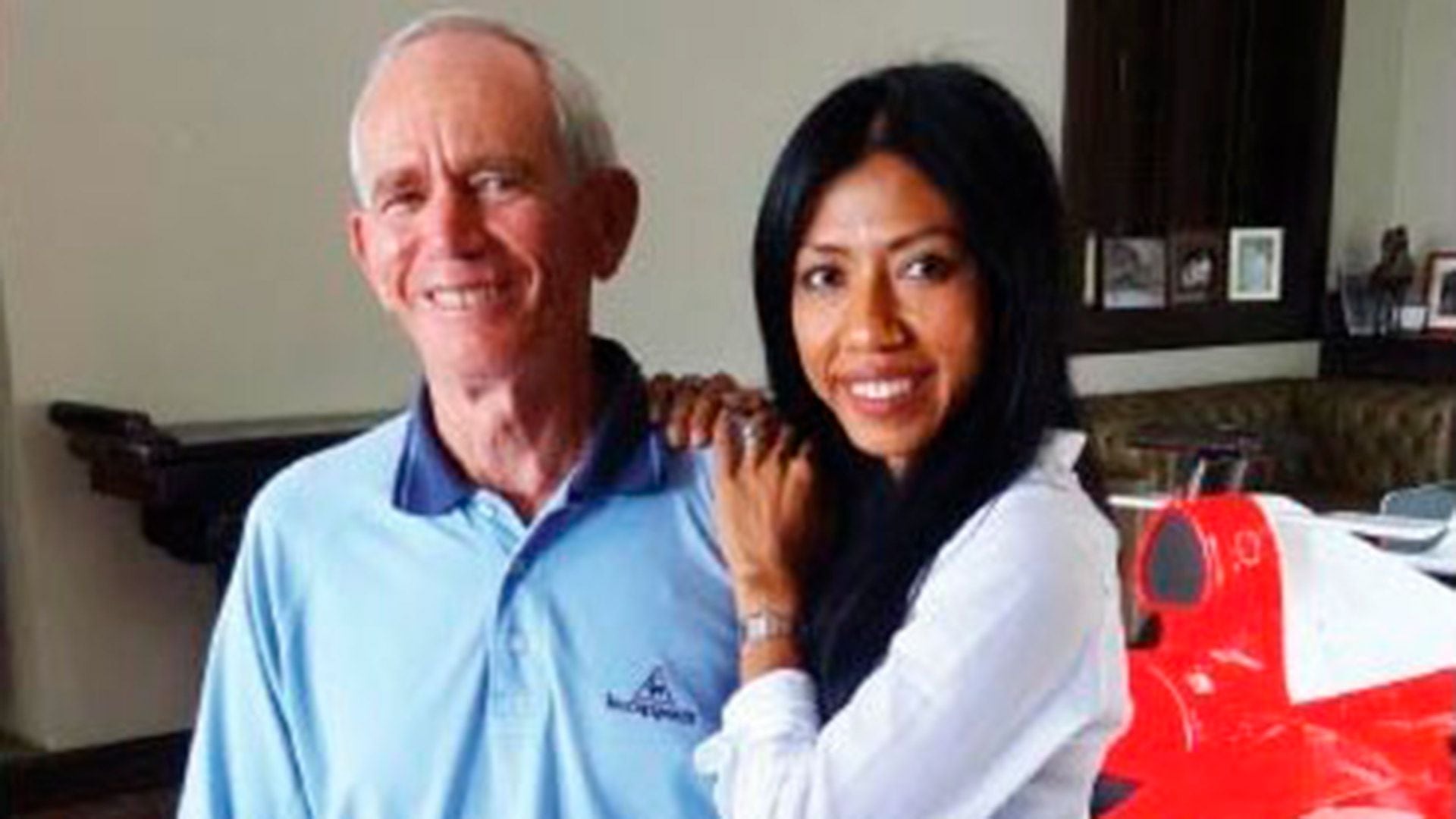
KEEP READING
Últimas Noticias
Debanhi Escobar: they secured the motel where she was found lifeless in a cistern
Members of the Specialized Prosecutor's Office in Nuevo León secured the Nueva Castilla Motel as part of the investigations into the case

The oldest person in the world died at the age of 119
Kane Tanaka lived in Japan. She was born six months earlier than George Orwell, the same year that the Wright brothers first flew, and Marie Curie became the first woman to win a Nobel Prize

Macabre find in CDMX: they left a body bagged and tied in a taxi
The body was left in the back seats of the car. It was covered with black bags and tied with industrial tape
The eagles of America will face Manchester City in a duel of legends. Here are the details
The top Mexican football champion will play a match with Pep Guardiola's squad in the Lone Star Cup

Why is it good to bring dogs out to know the world when they are puppies
A so-called protection against the spread of diseases threatens the integral development of dogs



